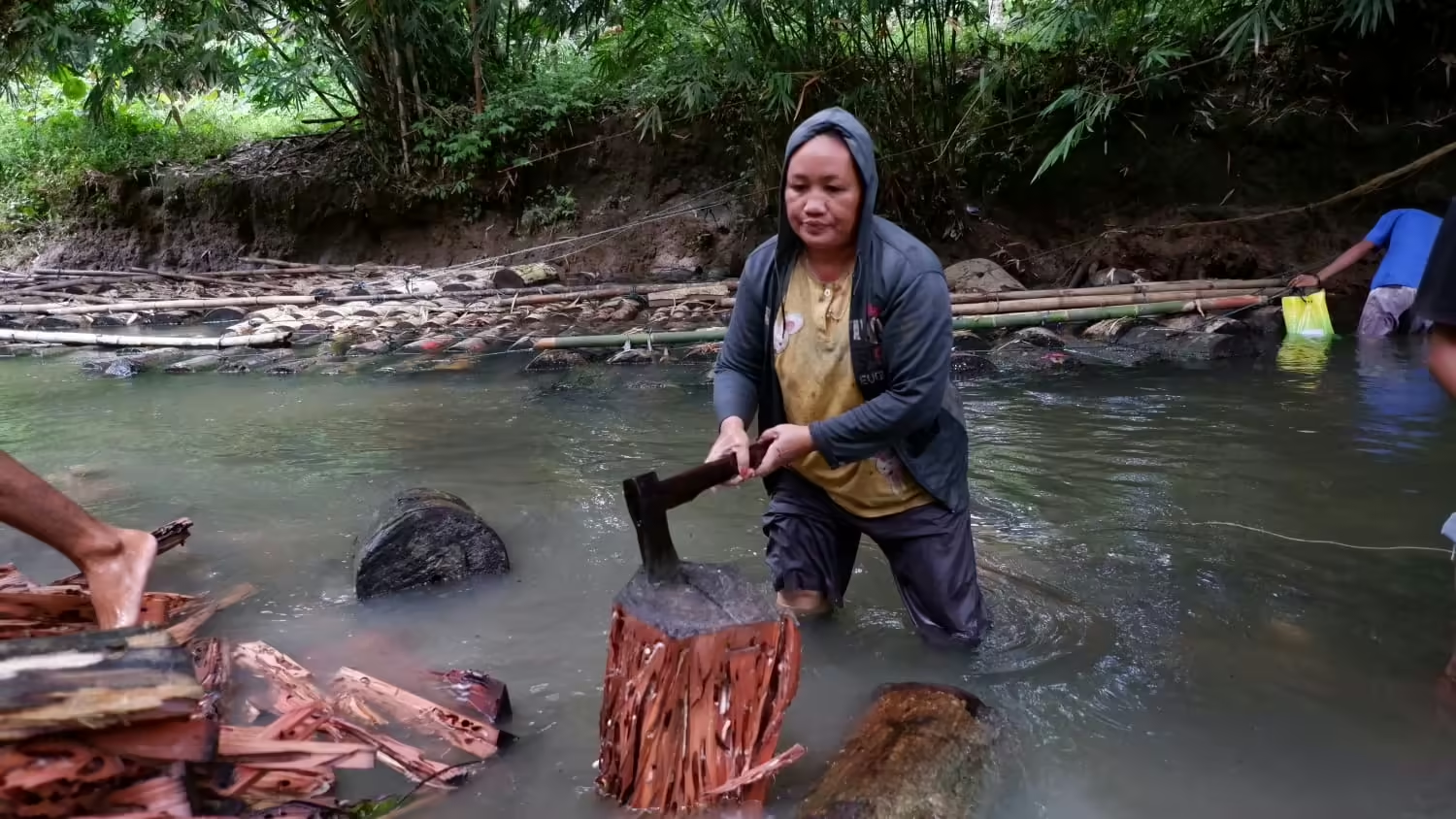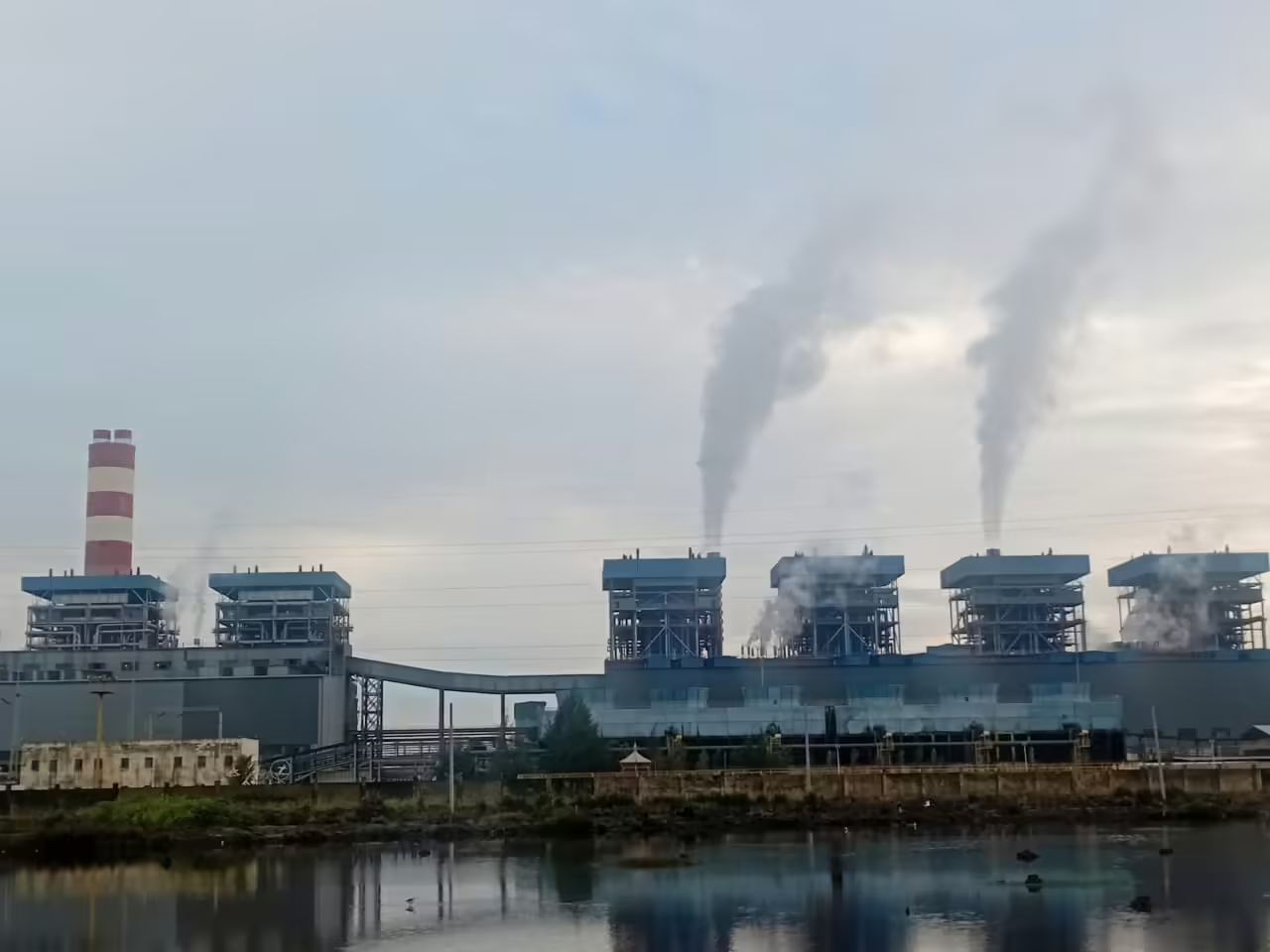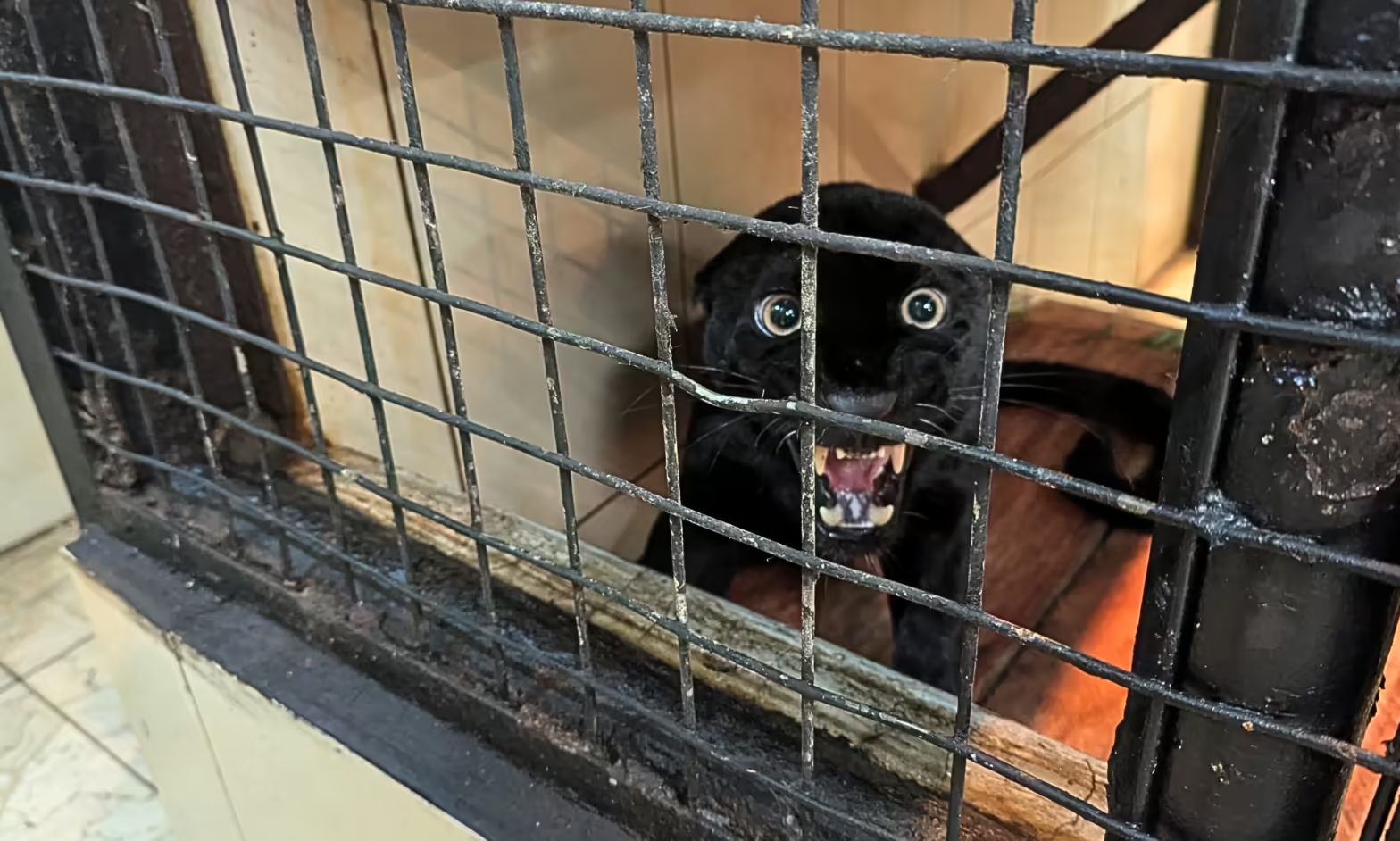More then a decade ago, a barren land at Mount Silanu, Bangkala District, Jeneponto, Indonesia, was successfully reforested. The forest management is ideal, as given to the local communities instead privates or government. But when local’s cashew trees in the forest stop producing, logging seems to be the easier way.
That rocky road on the end of Mount Silanu was crowded. It may just an isolated road filled with dust and bumps. But during the day, it was crowded with school children and local teenagers. And adults worsened the situation by seasoning their crops on each side of the road and let their live stocks roaming around. You have to be careful driving there if you don’t want to crush down some live stocks and get in to trouble with locals.
National Census in 2010 recorded that Bangkala District is one of the most populous district in Jeneponto, South Sulawesi, Indonesia. The rocky road, which connects three villages of Marayoka, Kapita and Mount Silanu Village, has to deal with no less then 10,000 people. Those people, whom daily life before, now and then, are related to the Mount Silanu forest. Rohani, 25 years old, is one of them. Rohani who is the daughter of Marayoka Village’s Chief, has been living there all her life. She was born, grew up, got married and build a family of her own there. The rocky road’s dust has been her friend for a long time. Also, the luxuriant of Mount Silanu’s forest. But for Rohani-as like other locals- the forest is like forbidden fruit in Eden. You can see and enjoyed the view but don’t dare to gain pleasure from it. “For the last two years, we get no economy benefit from that forest as we suppose to,” said Rohani. Back to old time that wasn’t the story.
During local kingdom era called Toa Dynasty, locals were welcome to manage Mount Silanu Forest as their wish. Even if they want to cut it down for the timber and use the space for agriculture. Forestry Faculty of Hasanuddin University analyzed, Mount Silanu Forest has been deforested slowly since Toa Dynasty for the sake of agriculture. The same pattern continues during Dutch and Japanese colonization era and topped up when Islamic rebels of DI/TII broke down in the island. At that chaotic time, many locals became political refugees and seek safer place to live inside Silanu Forest. Of course, while doing that, they practice farming and have to cut down trees to do so. On the other hand, the land contour also took blame for degrading Mount Silanu Forest.
The alluvial soil is fertile for agriculture and inviting more refugees to stay for good. The population was rising. Finally, bigger population means more trees to cut down. It made the forest degrading from the luxuriant of green trees into barren land. Finally only grass can grew there while the fertile part became agriculture fields. Sometimes, locals tried to plant some corn at the barren land but that’s it. The area has no mineral potential so no mining company would dare to come. And with the dryness, more rivers that get their water source from Mount Silanu slowly dried too.
But things were changing in 1999 when Japanese Government gave their soft loan to recover Indonesia economy after Asia Crisis. Indonesia Forestry Ministry as one of the receiver, started searching all over the country for the right place to start loan projects. And Mount Silanu barren land in Jeneponto fit their categories. The reason was simple. “The sector with fast return of investment in forestry sector are forest rehabilitation and combine planting forestry,” said Erna Rosdiana, Head of People’s Forest Enforcement, Forestry Ministry.
Forestry Ministry and Japanese Government then decided to have 1000 hectares of barren land at Mountain Silanu, Jeneponto together with other 2500 barren land each in Sidrap and Madros as forest rehabilitation projects in the island. This projects aimed to bring back the barren lands to be greener land as they were, so the locals will have opportunity to manage them and enjoy benefit from the forests. Because it was economy projects, so the benefit means economy benefits too. But Mount Silanu Forest, Jeneponto is a special case. The 1000 hectares barren land is not stated as production forests as Sidrap or Maros.
The pre project research found that the land leanness and sandy countur may cause land side if locals attempt to cut the trees in the future. Therefore, under Japanese Government supervision, Forestry Ministry agreed to stated reforestation project at Mount Silanu as protected forest instead of production forest. It means, how so ever no one is allowed to do logging there.
On field, Forest Ministry cooperated with local NGOs to start the Jeneponto’s Mount Silanu Project. The land status declared as state owned. The area will conclude three villages: Marayoka, Kapita and Mount Silanu Village. The forest type will be protected forest and the officers started to set boundaries to separate the project area will be from local’s field. “Honestly, I felt bad every time I set the cotter pin on field. But we had to do it to start the project,” said Adam Boko, one of Forestry Ministry officer who manage the projects on field.
To guarantee there will be no problem with locals, this Japan-Indonesia project was wise enough to include 33 farmer groups from Marayoka, Kapita and Mount Silanu Village as their partners. These farmer groups were allowed to plant cashew trees inside the forest. As so, locals can still benefit from the forest in the future without have to do cut it down. This strategy worked. The farmer groups even pledged internal rules that forbid locals from cutting down the forest. If he or she do so, the timber would be taken and used for public use like building mosque. While person in crime would had to plant 5 similar seeds in the forest. So far, this local wisdom seems to work. Locals were satisfied with stabile cashew crops price in the market and has no argue against the rule. Cashew did bring them fortune. Every year, each farmer groups were enjoying cashew crops for at least 3-4 months. And for each hectares, they earn US $ 200 – 350 every harvest time. This more profitable then cutting down mahogany or sengon trees in the forest. Each spindle of those wooden trees in local market only worth US $ 70. And they have to wait 10 years to have the trees grow in proper diameter.
Therefore, in 2001, the project was success. Forestry Ministry quite happy with the result and want to continue the similar project under Indonesia Government authorization and call it “People’s Forests”. The jargon means, the area will be state owned but local community will be the one who responsible to manage it. “The soft loan project has prepared the local and the area which once just a barren land to be the People’s Forest,” said Erna Rosdiana. But this dreamy concept has a decay. As mother nature rules, the cashew trees productivity in Mount Silanu Forest starting to low after a decade. High rainfall in last 2 years made the problem bigger. The cashew pistil fell before it has chance to grow. Locals like Rohani lost their income from cashews. Glory days of cashew seems to end. People of Marayoka, Kapita and Mount Silanu Village earn nothing from the forest now, although it was registered as People’s Forest that should bring economy benefit for the people. And Forestry Ministry did make a mistake. When they started the reforested project at the first time, Forestry Ministry only allowed 30 percent of Mount Silanu Forest to be planted with cashew trees. The rest, were planted with wooden trees like mahogany and sengon. Adam Boko, the Forestry Ministry Officer on field admit the false. “That time, we thought that to avoid locals cutting down the forest, let’s plant more wooden trees instead of agriculture ones,” said Adam.
Forestry Ministry was worried that when the forest grow, local will cut down the trees again for the sake of agriculture like they used too since Toa Dynasty. Ministry think if they allowed more cashew trees to grow in the forest, locals will repeat this traditional pattern again. For them, forest may more worthy to cut down than standing. “First year of the project, I got worried every time I saw smoke come from Mount Silanu forest. I always thought locals may cut down the forest for agriculture,” said Adam. How so ever, after Japan-Indonesia project ended in 2001, Forestry Ministry still stated 1000 hectares of Mount Silanu forest as People’s Forest. Though, the situation was not simple anymore. The land was barren and dry no more. The fertile soil starts to attract locals for agriculture and farming. After negotiations with locals, Forestry Ministry of Jeneponto only stated 895 hectares of the forests as the People’s Forest. The rest of the it was given to the locals for farming. That’s why when you look at Mount Silanu Forest from a far, you may get a glimpse one or two agriculture spaces.
The war between forest conservation and locals earnings get complicated when cashews start to lost their glory days. Not like ordinary farming lands, locals can not go to the forest and cut down the old cashew trees to change it with younger seeds. It was banned to cut down trees in protected forests how so ever. The people startet to lose their income. On the other hand, mahogany and sengon trees in the forest are getting larger after a decade. They reached proper diameter to be cut down. They are like forbidden fruit for locals, tempting to be picked. Even it means illegal logging. Up till now, this “time bomb” is temporary solved by President Indonesia’s 1 Billion Trees Reforested Program. The national program make many government officers in Sulawesi often come to Mount Silanu, Jeneponto, just to buy mahogany seeds and used them for the program. The seeds priced US $ 4,5 per liter, which is the same price like cashew did. “When dry season come, many locals go to the forest just to pick mahogany seeds and sell them to Forestry Ministry,” said Rohani. She with other locals even start to fill their extra space in their field with mahogany trees so they don’t have to go to the forest every time some forestry officers come to buy the seeds. “The seeds price is good. So why should we cut down the trees?,” said Rohani.
Forestry Ministry now left with dilemma. They know that 1 Billion Replanting Trees Program will not always exists. Which means, demands for mahogany seeds will not always be there. Adam Boko said he often asked by locals to start looking for bigger market for their mahogany seeds. This make his boss, Erna Rosdiana finally came from Jakarta to Jeneponto, just to look for other plant that may can replace cashews. ** During the day, Erna took a hand full of dried beans. It was belong to the locals. Not far, sacks of sweet potatoes were waiting to be taken to the market. While women gathered in their house just to peel dry corn from its cob.
“They do have many diverse plants here. But we still have to search what kind of plant that can grow under tree’s shade in the forest, so the locals won’t have to cut down the trees but will still have economy benefit from it,” said Erna. She got silent again, swimming in her own thoughts. Maybe try to found the best solution for the forest and for the people. One thing is for sure, she has to do it fast. Local Parliament of Jeneponto has questioned whether it possible to change status of Mount Silanu Forest from protected forest in to production forest. So, locals or business can cut down the trees. If all Jeneponto parliament members agree with this thought, the idea will be forwaded to national parliament. The process may take long time before it can really be a threat for Jeneponto forest. And during the process, Forestry Ministry will have right to say something about it. Though, without any cashew to bring economy benefit for the locals it might be hard to let the forest standing still.


